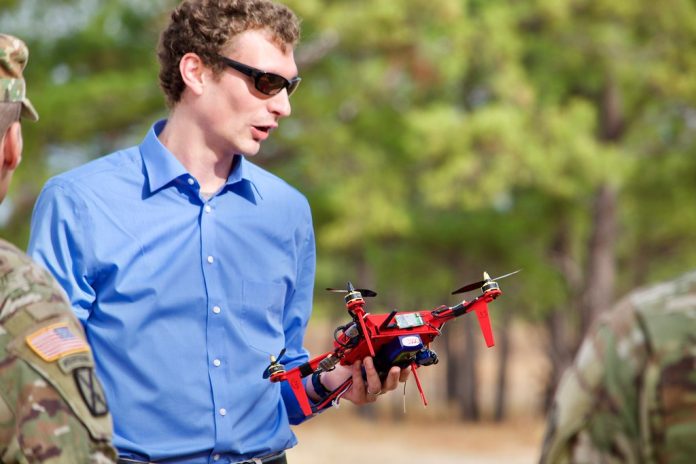
The U.S. Army is setting the stage for a future where drones not only enhance battlefield capabilities but also provide decisive advantages, as they move to formalize programs for first-person-view (FPV) and tethered drones by fiscal year 2025.
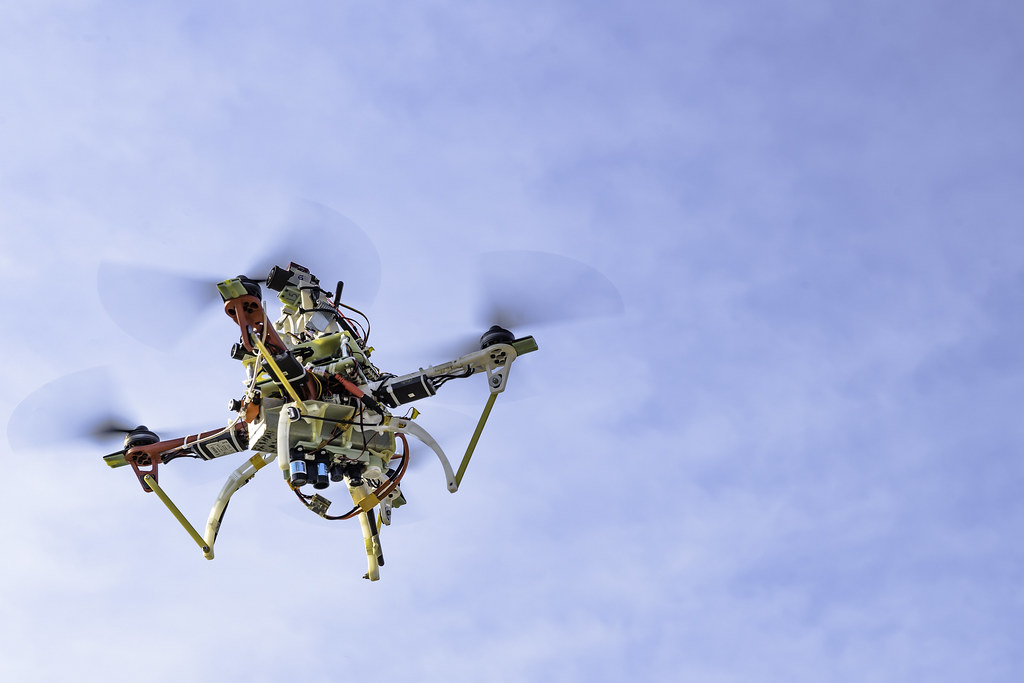
These systems, which first gained attention on the Ukrainian frontlines for their efficiency in targeting enemy vehicles, are now seen as pivotal to achieving overmatch against adversaries.

Lt. Col. Michael Brabner, managing small-drone requirements, elucidated the plan to field FPVs to infantry platoons and tethered drones to armored units by fiscal year 2026.
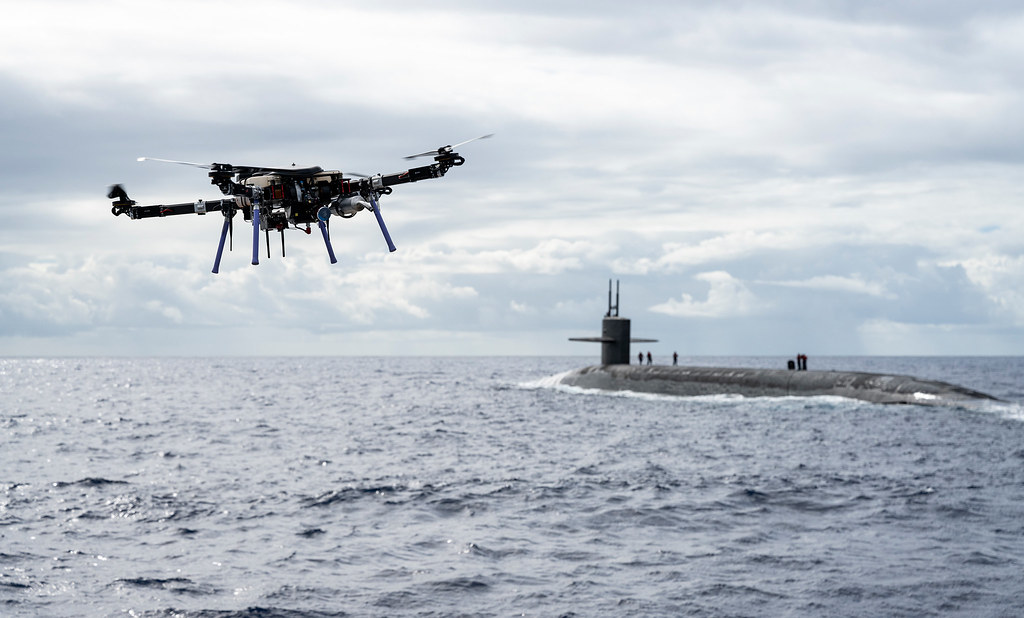
FPVs, known for their modular payload systems, will serve as “multi-tools in terms of lethality,” providing soldiers the flexibility to mount anti-personnel or anti-materiel explosives as the situation demands.
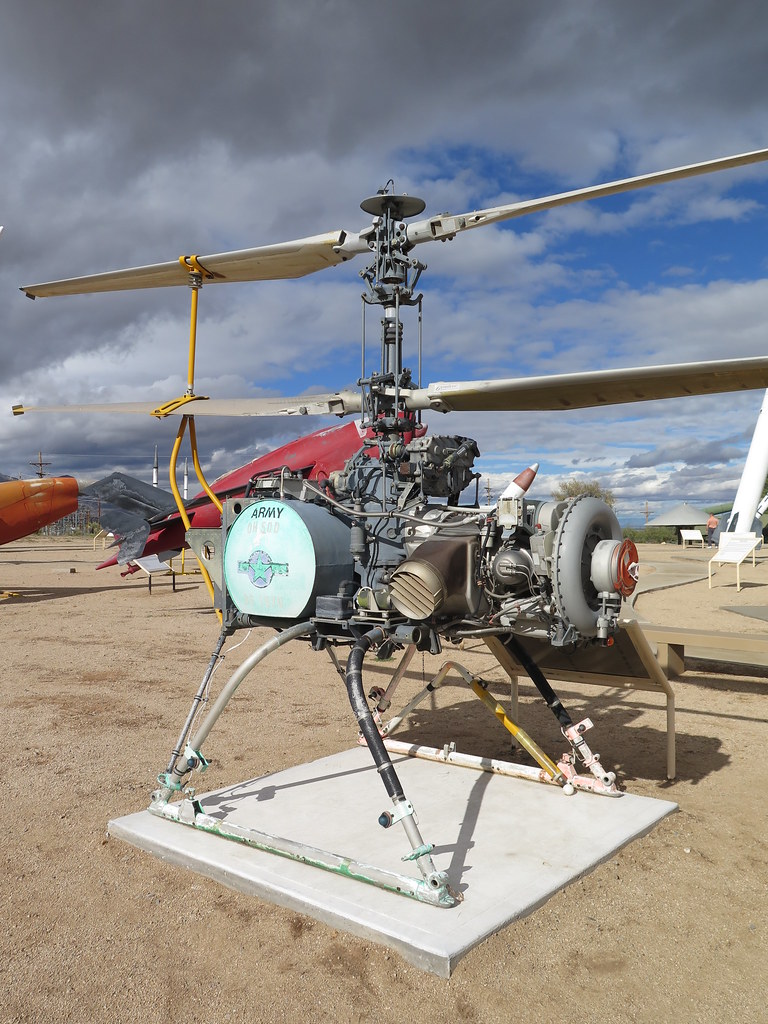
As the Army advances, they are not merely replicating Ukraine’s improvised drone strategy. Brabner stressed the importance of ensuring that armaments “will be able to be safely affixed to them and then put into the air,” adhering to strict safety and compliance standards.

In the realm of drone capabilities, the Army is also considering the integration of these UAVs in network extensions, a technological leap that could revolutionize military communication systems.

Recent experiments conducted by the 25th Infantry Division used drones equipped with radios to significantly extend encrypted communication networks, a boon for operations in challenging environments like dense jungles.
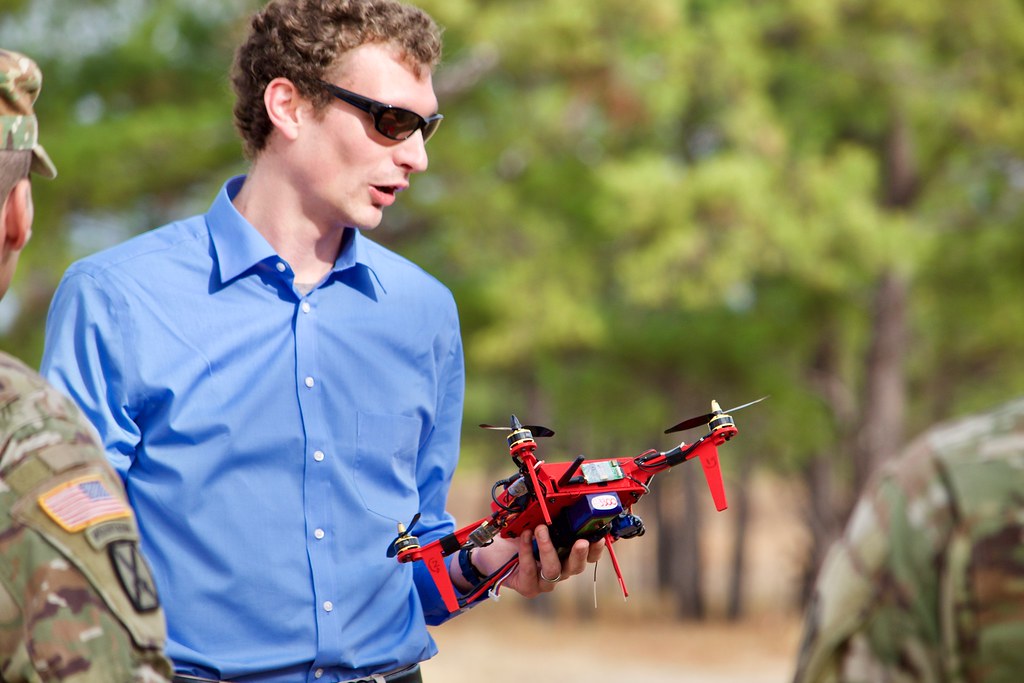
The Army’s investment in drones extends beyond mere enhancements in direct combat roles. The fiscal 2025 budget request earmarks more than $400 million for systems to counter adversaries’ drones, addressing the growing need for both kinetic and non-kinetic solutions to combat the increasing threat of enemy UAVs.
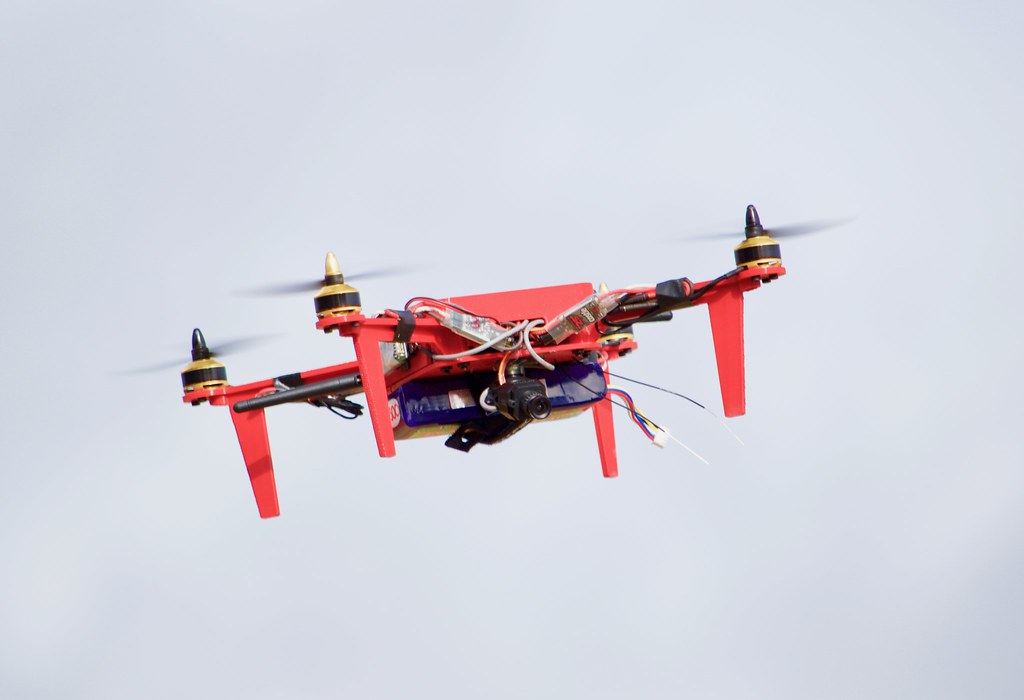
Doug Bush, the Army’s acquisition chief, highlighted the urgency, “We have to keep going on that even faster,” acknowledging the ongoing assaults American troops face under Central Command in the Middle East.
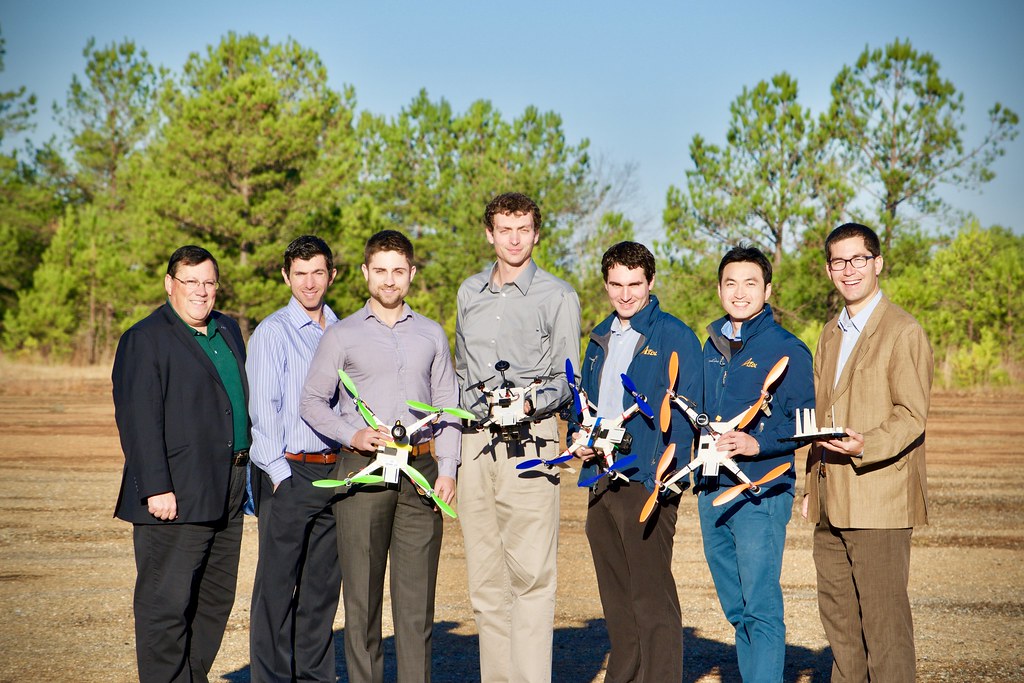
The budget plan incorporates a $447 million allocation for counter-drone capabilities, including the procurement of Coyote interceptors and investments in ground readiness.

In a nod to the escalating drone threat, Gen. Randy George, the Army’s chief of staff, emphasized the necessity for more counter-UAS batteries within formations, a sentiment echoed in the budget’s focus on counter-UAS capabilities.
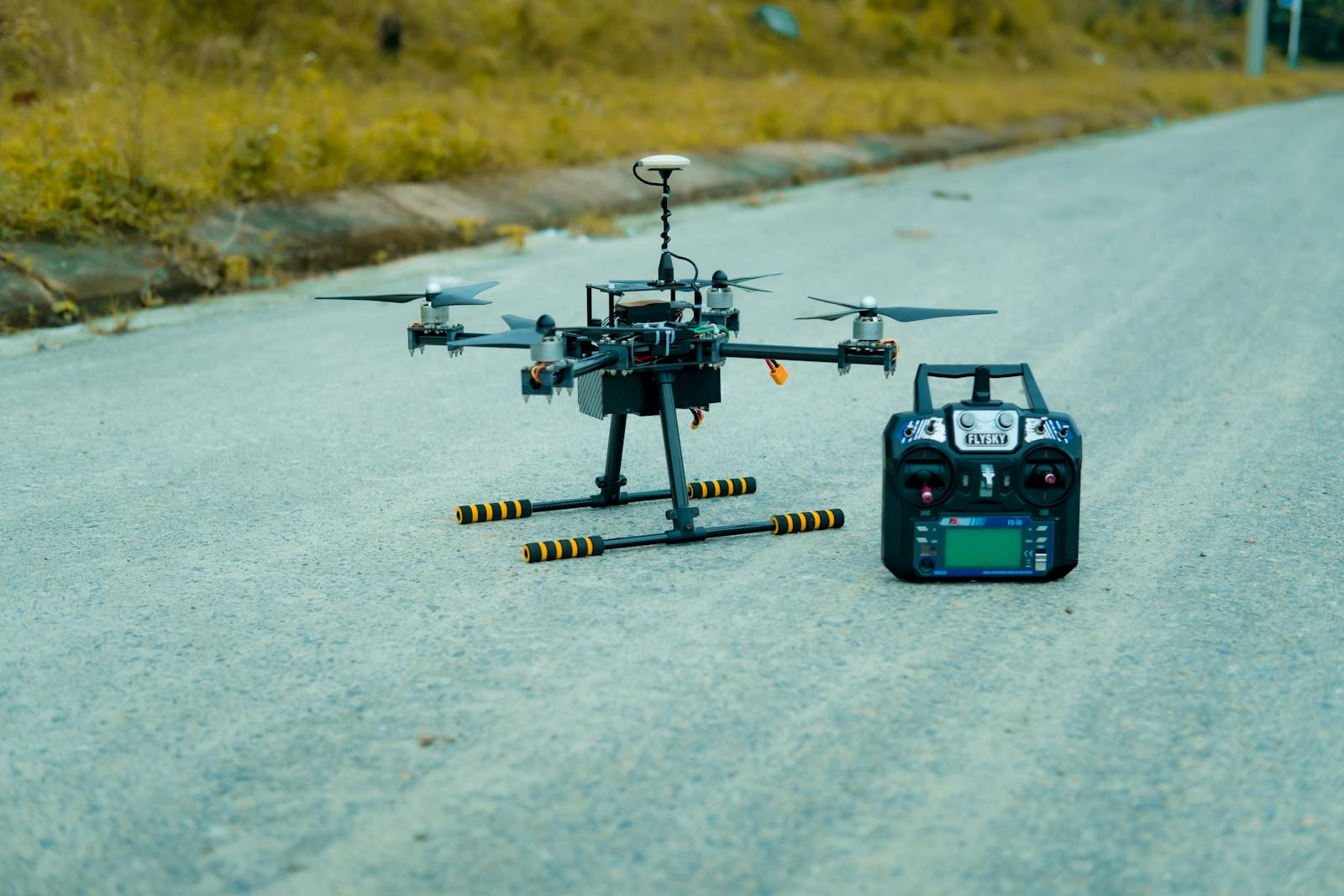
The Army’s commitment to drone advancements is not just centered on offense and defense but also encapsulates training for soldiers. Plans are underway to introduce a new FPV course, potentially commencing in early fiscal 2025, with a comprehensive curriculum spanning three to four weeks.
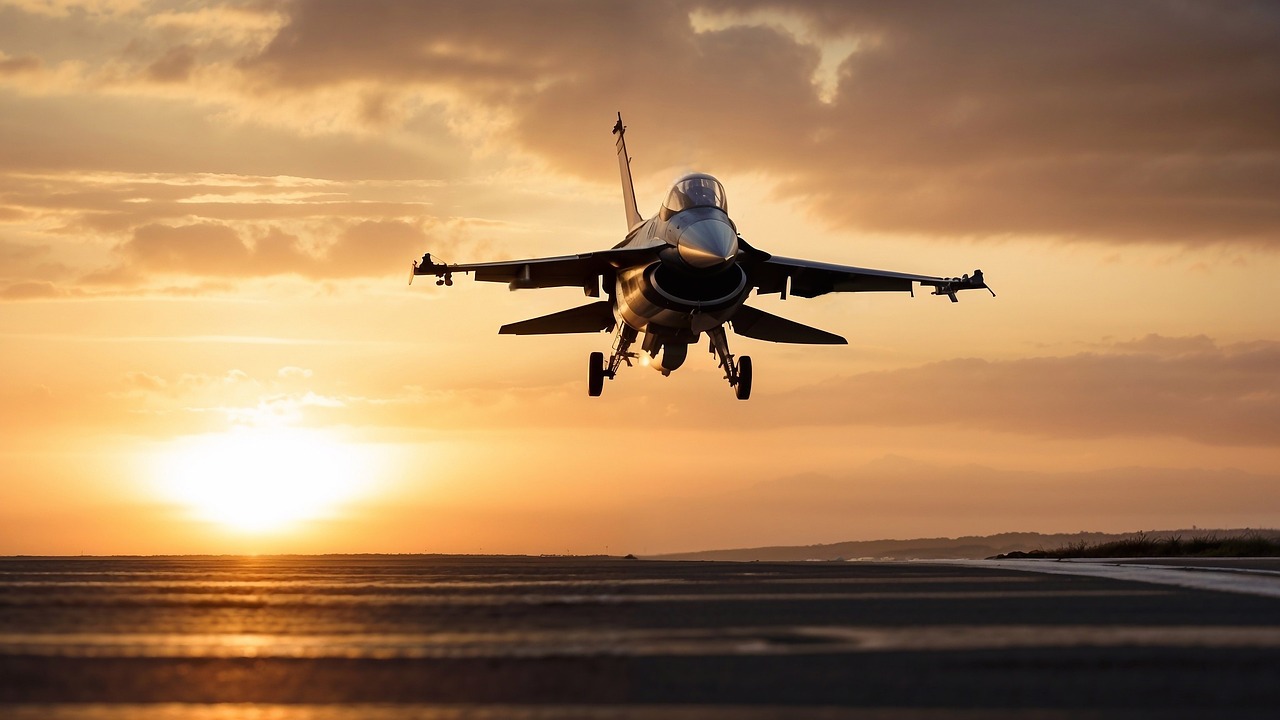
This initiative aligns with the Special Operations Forces’ Robotics and Unmanned Systems Integration Course, which trains soldiers in the tactical application of drones and ground robots.
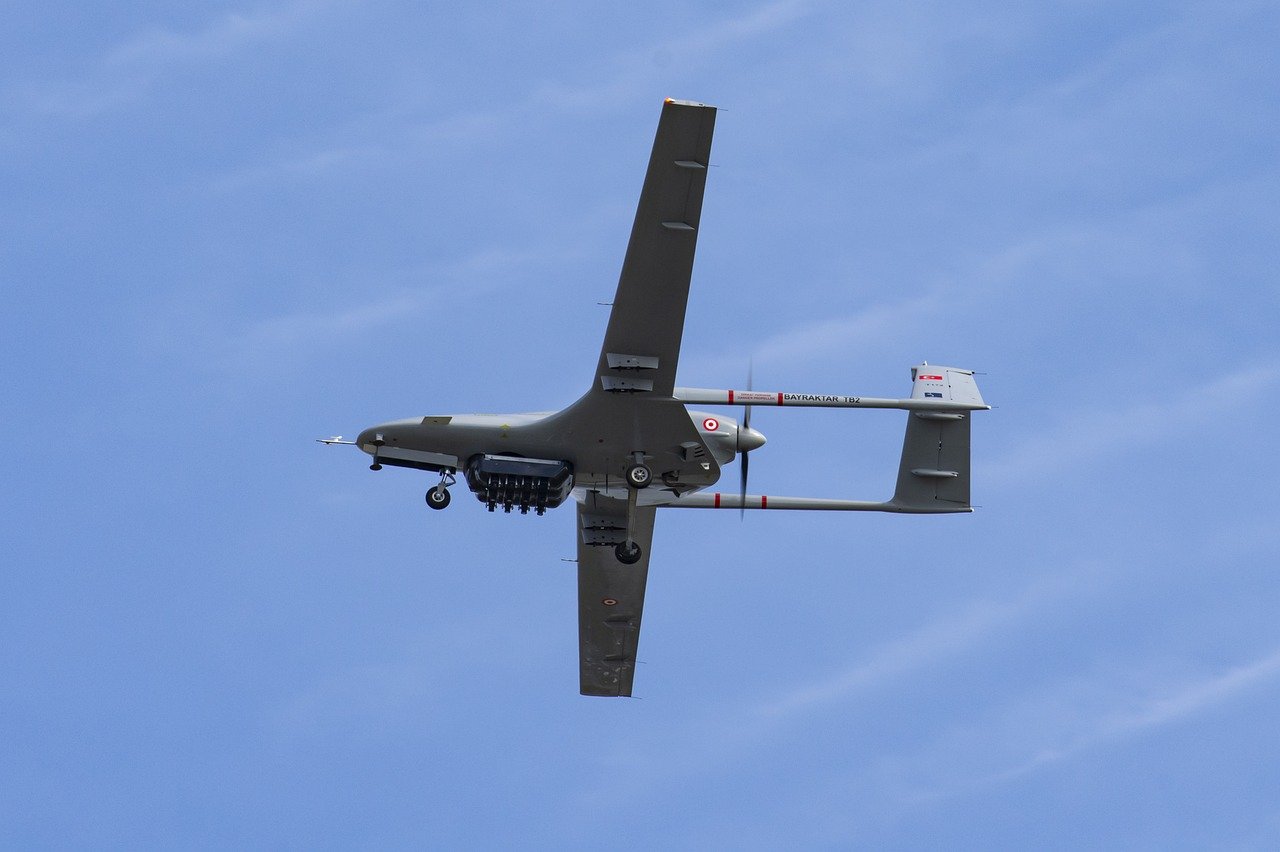
Sgt. Adrian O’Neal, involved in crafting the training program, extolled the tactical versatility of FPVs for “attacking targets of opportunity” and reconnaissance in contested airspaces, acknowledging their expendability and the ability to “avoid being shot at.”
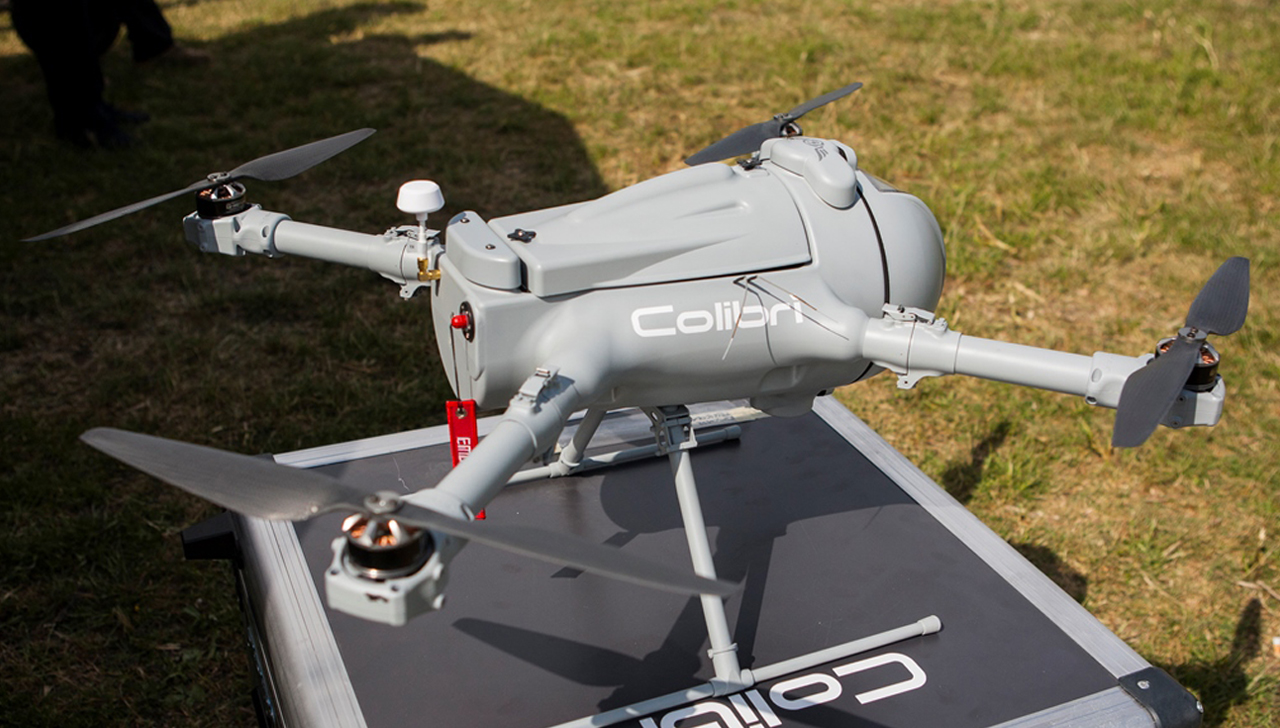
The U.S. Army’s strategic pivot towards incorporating drone technology in its arsenal represents a transformative approach to modern warfare. With these advancements, the Army not only acknowledges the evolving landscape of military engagements but also demonstrates a clear intent to establish technological overmatch in future conflicts.
Relevant articles:
– FPVs, tethered drones could become formal Army programs in 2025, Defense One
– Army seeks more than $400M in fiscal 2025 for systems to counter small drones, DefenseScoop
– Army wants drones to play a role in extending network range, Rugged Mobility for Business
– Breaking Reports and Analysis for Government Employees, GovExec.com
